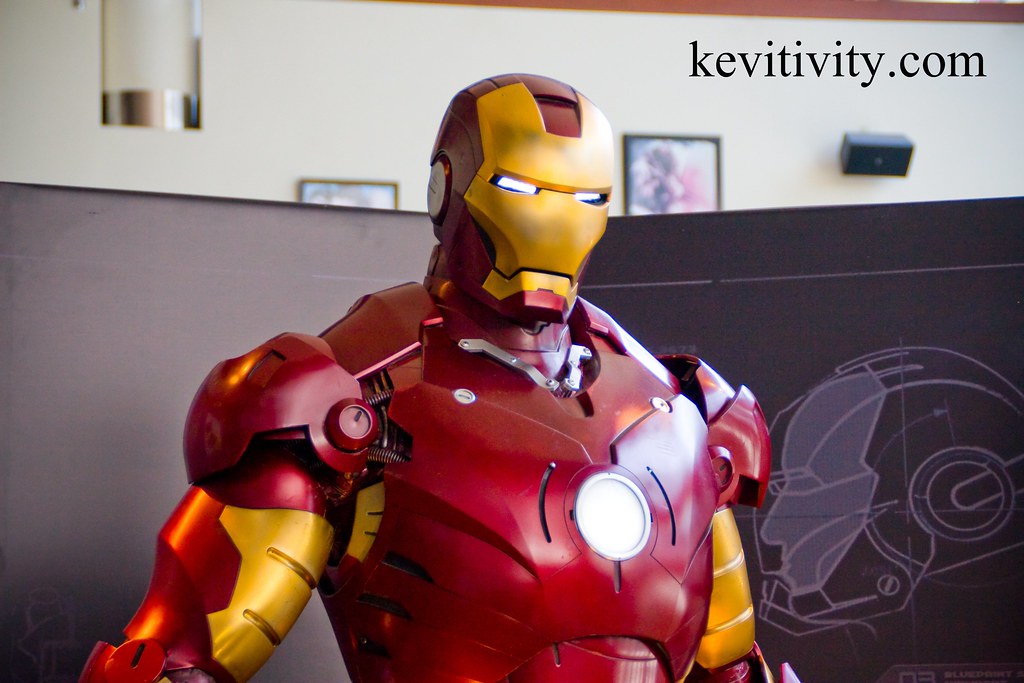It’s a scene etched into the collective memory of a generation: the tragic loss of Kurt Cobain, the enigmatic frontman of Nirvana, who became the unwilling spokesman for a movement and left a void in the music world that still resonates today. His death on April 5, 1994, marked the end of an era, but his influence on music and fashion continues to reverberate through the decades.
Duff McKagan, the bassist for Guns N’ Roses, holds the somber distinction of being the last musician to see Cobain alive. Their encounter was a fleeting moment on a flight back to Seattle, a city that had become the epicenter of a cultural revolution. Cobain, who had been spiraling into the depths of addiction, was returning from a stint in a California rehab center—a place he’d left as abruptly as he’d entered. McKagan, fresh off the final tour stop for ‘Use Your Illusion,’ recognized the distress in Cobain’s demeanor. The two musicians, despite their bands’ public feuds, shared a moment of quiet understanding in the first-class cabin. It was a moment that McKagan would reflect on with regret, wishing he had done more to reach out to Cobain in his time of need.

The documentary ‘The Last 48 Hours of Kurt Cobain’ captures McKagan’s reflections on that encounter and the missed opportunity to perhaps alter the course of events. He later expressed his remorse to Dave Grohl, Nirvana’s drummer, for not reaching out to the band after Cobain’s death. It was a candid admission of the sense of community that exists among musicians, even those divided by genre and public image.

Cobain’s legacy is multifaceted, with his music being the most significant part. However, his unintentional role as a fashion icon is equally noteworthy. Cobain’s disheveled appearance, characterized by baggy sweaters, jeans, and Converse sneakers, became synonymous with the grunge movement. This style was a stark contrast to the polished aesthetics of the 80s and resonated with young people who found authenticity in the rawness of Cobain’s look.
The reasons behind Cobain’s fashion choices were practical and personal.
The cold, damp climate of western Washington necessitated layers, and Cobain’s financial struggles meant his wardrobe was a hodgepodge of thrift store finds and hand-me-downs. Additionally, his self-consciousness about his thinness led him to wear multiple layers to appear bulkier. These elements combined to create a look that was as much a statement of necessity as it was a reflection of Cobain’s disdain for the excesses of fame.
Cobain’s influence on fashion was both direct and indirect.
His style was emulated by fans and fellow musicians alike, with figures like Chris Cornell and Eddie Vedder adopting similar aesthetics. Courtney Love, Cobain’s wife and frontwoman of Hole, also contributed to the grunge look with her ‘kinderwhore’ attire. The fashion industry, always keen to capitalize on trends, took notice, with designers like Marc Jacobs incorporating grunge elements into high-end collections. This appropriation was met with mixed reactions, with some critics viewing it as a betrayal of the movement’s anti-capitalist ethos.
The backlash against the commercialization of grunge was swift and severe.
Jacobs’ Spring 1993 collection for Perry Ellis, which drew heavily from grunge aesthetics, was panned by critics and led to his dismissal from the brand. The fashion world’s flirtation with grunge was a contentious affair, with Cobain himself expressing bewilderment at his status as a fashion icon. The commodification of grunge style, with its roots in anti-establishment sentiment, highlighted the paradox of a counterculture being absorbed by the very system it opposed.
Despite the controversy, Cobain’s fashion legacy endures. His penchant for Converse sneakers, in particular, became an iconic aspect of his image. Cobain’s relationship with the brand was one of genuine affection, and after his death, Converse released a Nirvana-themed shoe, a posthumous ‘endorsement’ that Cobain might have found amusing.
The grunge aesthetic has proven to be more than a fleeting trend.
It continues to influence fashion, with its casual, unpretentious vibe still appealing to those seeking an alternative to the polished mainstream. The music of Nirvana, with its raw energy and emotional depth, remains a touchstone for fans old and new, ensuring that the spirit of grunge, and Cobain’s role within it, will not soon be forgotten.
Diving deeper into the sartorial legacy of Kurt Cobain, we find a man who unwittingly became a fashion icon. Cobain’s style was never about making a statement in the world of haute couture; it was a byproduct of his environment, his economic circumstances, and his personal battles. Yet, it’s this very authenticity that resonated with a generation and continues to influence fashion today.
Cobain’s attire was a smart choice for the cold, wet weather in Washington.
His wardrobe was a mishmash of necessity and circumstance, comprising thrift store treasures, hand-me-downs, and surplus store bargains. This eclectic mix of clothing became emblematic of the grunge movement, a visual representation of the music’s raw and unpolished sound. The fact that Cobain was often seen in the same outfits added to the replicability of his style, making it accessible to fans who saw in him a reflection of their own disaffected youth.
The grunge movement, with Cobain at its helm, was a stark departure from the glam metal that had dominated the airwaves in the late ’80s. Bands like Bon Jovi and Whitesnake had cultivated an image of excess and flamboyance, but Nirvana and their Seattle contemporaries brought music and fashion back down to earth. The 1992 film ‘Singles’ further cemented this aesthetic in the cultural zeitgeist, with characters donning the same flannel and denim that had become synonymous with the Seattle scene.
Cobain’s influence extended beyond the Pacific Northwest.
His wife, Courtney Love, brought a feminine twist to grunge with her ‘kinderwhore’ look, while other musicians like Chris Cornell and Eddie Vedder also embodied the style. Cobain’s fashion sense was not contrived for the cameras; it was a genuine expression of his identity. His appearances in iconic music videos like ‘Smells Like Teen Spirit’ and ‘Heart-Shaped Box’ showcased his penchant for mixing patterns, colors, and textures, further solidifying his status as the face of grunge.
The fashion industry failed to embrace the grunge trend and faced backlash.
Marc Jacobs’ Spring 1993 collection for Perry Ellis, which drew heavily from the grunge aesthetic, was a commercial and critical flop. The high price tags attached to garments that were meant to embody anti-consumerism were seen as antithetical to the movement’s ethos. The backlash was swift, with Jacobs being dismissed from Perry Ellis and the collection becoming a cautionary tale of cultural appropriation gone awry.
Despite the commercial missteps, Cobain’s fashion influence persisted. His love for Converse sneakers was well-known, and his ironic scribble of ‘endorsement’ on a pair of Chuck Taylors highlighted his ambivalence towards commercialism. After his death, Converse released a Nirvana-themed shoe, a nod to Cobain’s impact on the brand, albeit an endorsement he never sought in life.
The grunge look has endured, with its relaxed and unpretentious appeal continuing to attract those who seek an alternative to mainstream fashion. The music of Nirvana, with its enduring popularity, ensures that the spirit of grunge remains alive. The ‘grunge casual’ style is still prevalent in Seattle, even as the city’s landscape changes with the influx of tech companies. The flannel shirts, ripped jeans, and casual attire that once defined a music scene now blend seamlessly into the attire of the modern workforce.
Cobain’s relationship with fashion was complex.
He was a reluctant icon whose personal style became a symbol of a movement. His disdain for the commercialization of grunge was clear, yet his influence on fashion was undeniable. The paradox of an anti-capitalist icon being embraced by the fashion industry is a testament to the power of authenticity. Cobain’s legacy in fashion, much like his music, is a reflection of a cultural moment that continues to resonate with those who seek genuineness in an often inauthentic world.
Kurt Cobain’s fashion legacy is as enduring as his music. His style was a visual anthem for a generation seeking authenticity and a rejection of the polished facade of the ’80s. Cobain’s influence on fashion was unintentional, but it was powerful, leaving an indelible mark on the industry. His look was not just a trend; it was a statement of identity, a badge of honor for those who embraced the rawness of grunge. As we look back on the impact of Cobain’s style, we see a legacy that transcends time, a testament to the lasting appeal of authenticity in a world that often values appearance over substance.
Related posts:
Duff McKagan: the last musician to see Kurt Cobain alive
Kurt Cobain, accidental fashion icon | Design and Architecture
Trans activist is slammed for claiming Kurt Cobain was TRANSGENDER because iconic Nirvana frontman often wore women’s clothes




